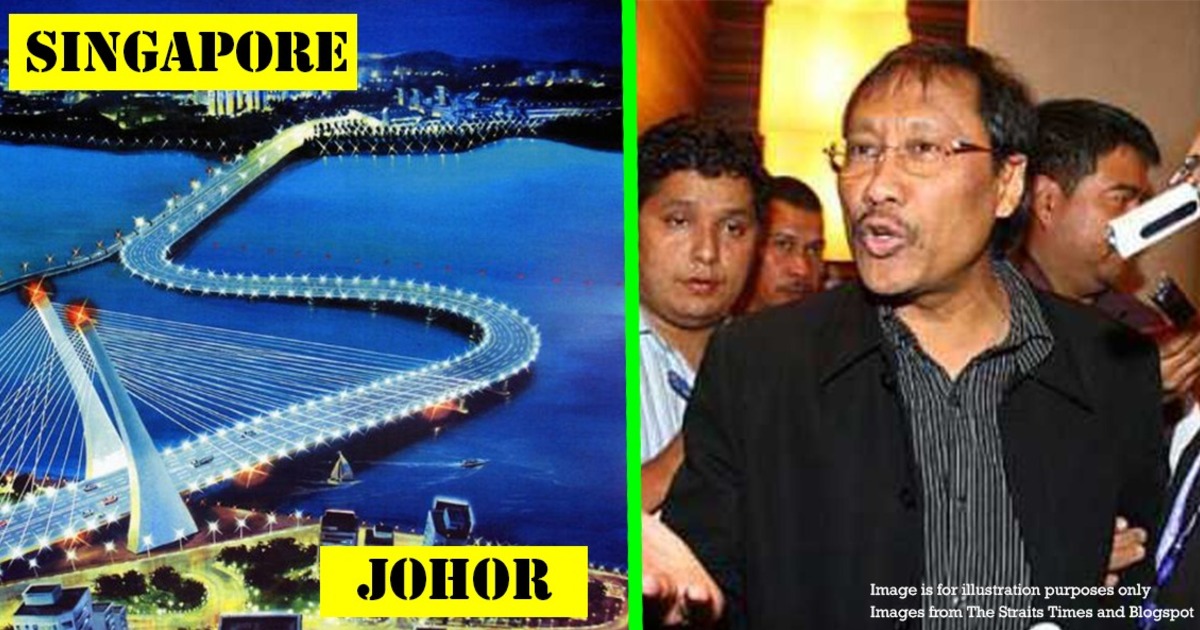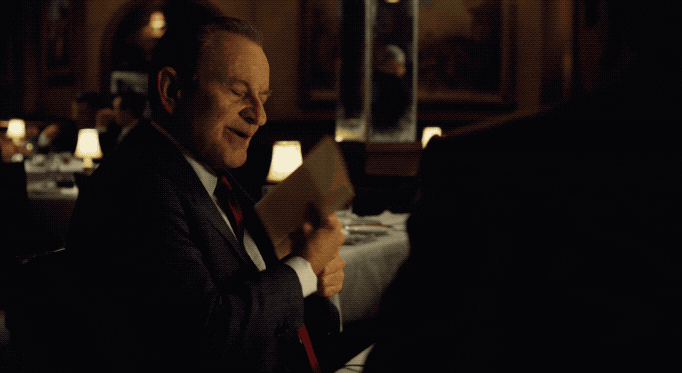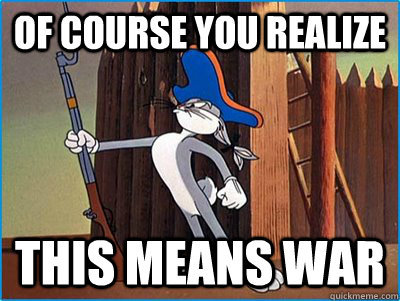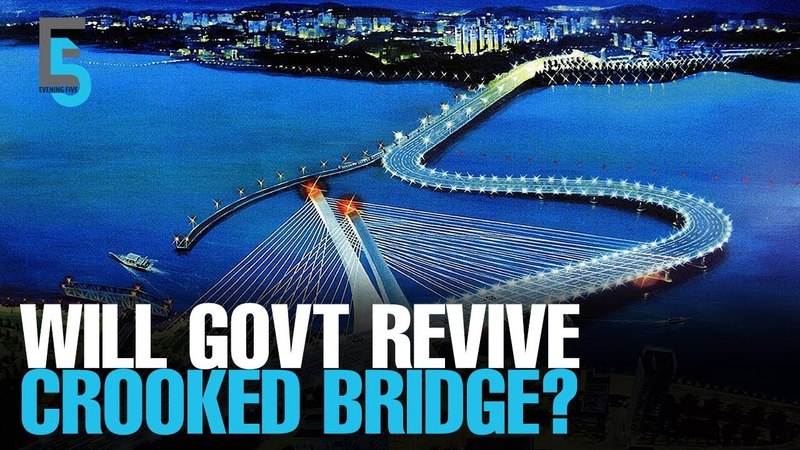

Contract,General
In 2006, this Dato sued for unpaid RM20m middleman fee from SG-JB bridge. He almost won.
over 5 years ago Christina WongAs Malaysians, it is not uncommon for us to hear about companies securing contracts through the backdoor, especially through a middleman, provided you offer them a financial “gift”.
And these gifts don’t come cheap. As recently as August 2019, a World Bank survey from 2015 reported that the gifts are worth around 3.3% of the contract value. To put things into perspective, for a contract worth RM1mil, you would have to pay the middleman approximately RM33,000. And such “gift-offerings” are more widespread in our country than some of us dare to believe. The same World Bank survey also discovered that 51.4% of Malaysian companies are expected to offer gifts to secure government contracts.
But what happens if a company that secured a government contract through a middleman, REFUSES to pay him afterwards? This exact scenario happened in the early 2000s, when Merong Mahawangsa Sdn Bhd, which won the RM640mil Johor-Singapore crooked bridge contract, refused to pay their middleman, Dato’ Shazryl Eskay his promised fee of RM20mil.
Dato’ Eskay, embittered, went to court and sued Merong Mahawangsa for his “rightful” fees for securing the crooked-bridge project. This is the case of Merong Mahawangsa v Dato’ Shazryl Eskay bin Abdullah.
The Dato’ bridged the...bridge project for Merong Mahawangsa

This story began on 5th July 1996, when the then (and now) Prime Minister, Dr Mahathir Mohamad, proposed replacing the Johor Causeway with a crooked S-shaped bridge. The government was ready to pay RM640mil for this bridge project, which naturally attracted many companies to bid for it. But one company, Merong Mahawangsa, went the extra mile to secure this multimillion-ringgit project.
Merong Mahawangsa approached Dato’ Eskay, who claimed to share good relationships with the government of that time. Dato’ Eskay promised to secure the bridge project on their behalf. All it took was a fee of RM20mil, which was roughly 3% of the project’s value. This was agreed upon and signed in a contract, but only IF he can secure the project.
However, that wasn’t all that was written. There was also a specific clause in the contract which said that Dato’ Eskay will only be paid if the bridge project “remains valid and subsisting”. This essentially meant that the RM20mil should only be paid if the bridge project is ongoing until it is completed (please remember this clause, it’s important for later).
Dato’ Eskay held up his end of the bargain, and managed to secure the project for Merong Mahawangsa. But as the preliminary construction works of the bridge began, Merong Mahawangsa did not pay out the RM20mil to Dato’ Eskay just yet.
Merong Mahawangsa refused to pay Dato’ Eskay...because it’s illegal

Before Dato’ Eskay got paid, things went downhill—the government terminated the crooked bridge project on 12th April 2006. But Merong Mahawangsa was not left hanging. On the contrary, the government paid them a hefty compensation of RM155mil for cancelling the project. However, Merong Mahawangsa refused to pay Dato’ Eskay his RM20mil fee. Furious, Dato’ Eskay filed a lawsuit against Merong Mahawangsa to claim his RM20mil.
Why did Merong Mahawangsa refuse to pay? They had 2 reasons. First, they claimed that it was illegal to use Dato’ Eskay’s good relationship with the government to secure the project. Which can sound surprising, considering that was the reason they approached him in the first place. They referred to Section 24(e) of the Contracts Act 1950 which says,
Secondly, remember the clause we told you to remember earlier? In that clause, it’s said that Merong Mahawangsa would only have to pay the RM20mil fee IF the bridge project is continued until it’s completed. So, when the project was terminated, Merong Mahawangsa claimed that they had no obligation to pay Dato’ Eskay.
So what did Dato’ Eskay have to say about this? He had 2 reasons why they had to pay him. First of all, the Dato’ said that the RM20mil deal with Merong Mahawangsa was only to get the project. Since he managed to get the government to take up Merong Mahawangsa’s tender, he earned the RM20mil and should be paid accordingly.
Second, he said that Merong Mahawangsa had already benefitted from the RM155mil compensation from the termination of the bridge project. So, it was only fair to pay out the RM20mil promised to him.
Their reasons were submitted to the courts and the judges had to decide who was right—or depending on your point of view, less wrong in this situation.
They went to three courts...and got three different answers

This case kicked-off in the High Court of Kuala Lumpur. But every time a decision was made, it was challenged, until the ultimate verdict was given by the Federal Court, the highest court of Malaysia.
The judge here decided that the contract was legal because there was not enough evidence to prove otherwise. He even went on to say that Dato’ Eskay was doing the public some good by securing this project for Merong Mahawangsa, since the bridge would have benefitted the general public if it had not been terminated.
So the contract was legal, which means that the clause which said that the RM20mil only had to be paid if the bridge project was continued was also legal, valid, and must be followed. But since the project was terminated, the RM20mil fee didn’t have to be paid.
Verdict: Merong Mahawangsa won
The decision was challenged, and brought to the Court of Appeal. Unlike in the High Court, the Court of Appeal did not consider the legality of the agreement at all (and was later criticised by the Federal Court for this mistake).
Here, the judges said that there was a difference between the award of the project with the government and the project itself. The award of the project means getting the project for Merong Mahawangsa, whereas the project itself was Merong Mahawangsa’s construction of the crooked bridge. This means that the RM20mil fee was only for securing the project, and since Dato’ Eskay managed to get the project for Merong Mahawangsa as agreed, he should be paid regardless of whether the construction was later terminated.
Verdict: Dato’ Eskay won
Again, the decision was challenged and reached the Federal Court. Ultimately, the judges agreed with Merong Mahawangsa that the agreement with Dato’ Eskay was illegal under Section 24(e) Contracts Act 1950, which says that contracts which go against public policy and welfare are illegal. This contract went against public policy and welfare because for Dato’ Eskay,
In short, Dato’ Eskay using his influence to secure the government project, in exchange for a fee, is an act of corruption. That makes the contract illegal, so they didn’t have to pay Dato’ Eskay.
When the Federal Court Judges reviewed the decisions of the lower courts, they disagreed with the Court of Appeal about there being a difference between the award of the project and the project itself because these two were “intrinsically linked”. This meant that getting the project for Merong Mahawangsa was directly connected to Merong Mahawangsa’s construction of the bridge. There is no difference between the two.
The Federal Court judges had more to say,
Ultimate Verdict: Merong Mahawangsa won. They didn’t have to pay Dato’ Eskay the RM20mil fee.
If you’re still not sure: using a middleman is illegal
To sum things up, the multimillion-ringgit project was found to be procured by Merong Mahawangsa through unlawful means. When they hired Dato’ Eskay, who used his influence and good relationship with the government to secure it, their method went against public welfare and policy.

The Malaysian government today has no intentions of reviving this crooked bridge project, and is reported to be looking into constructing a Johor Bahru-Singapore Rapid Transit System Link instead, which is said to be a more viable system to resolve the problem of traffic congestion.
The red-headed intern juggling between this internship and CLP.